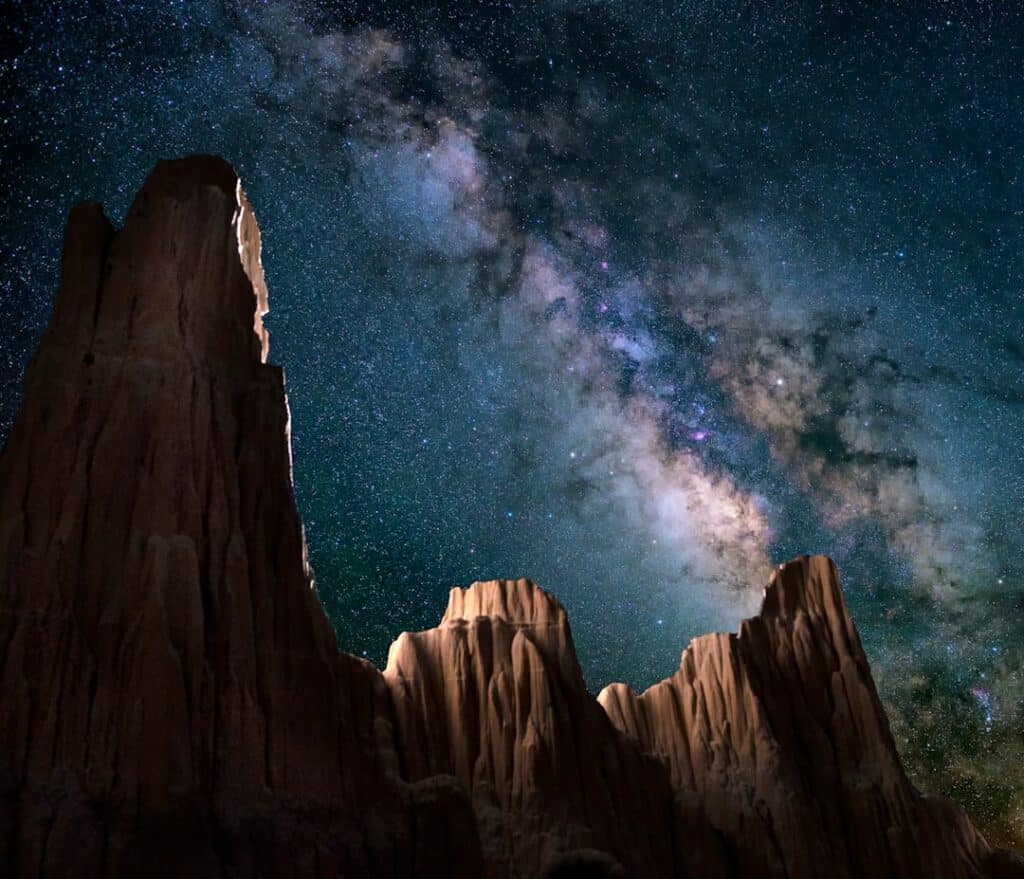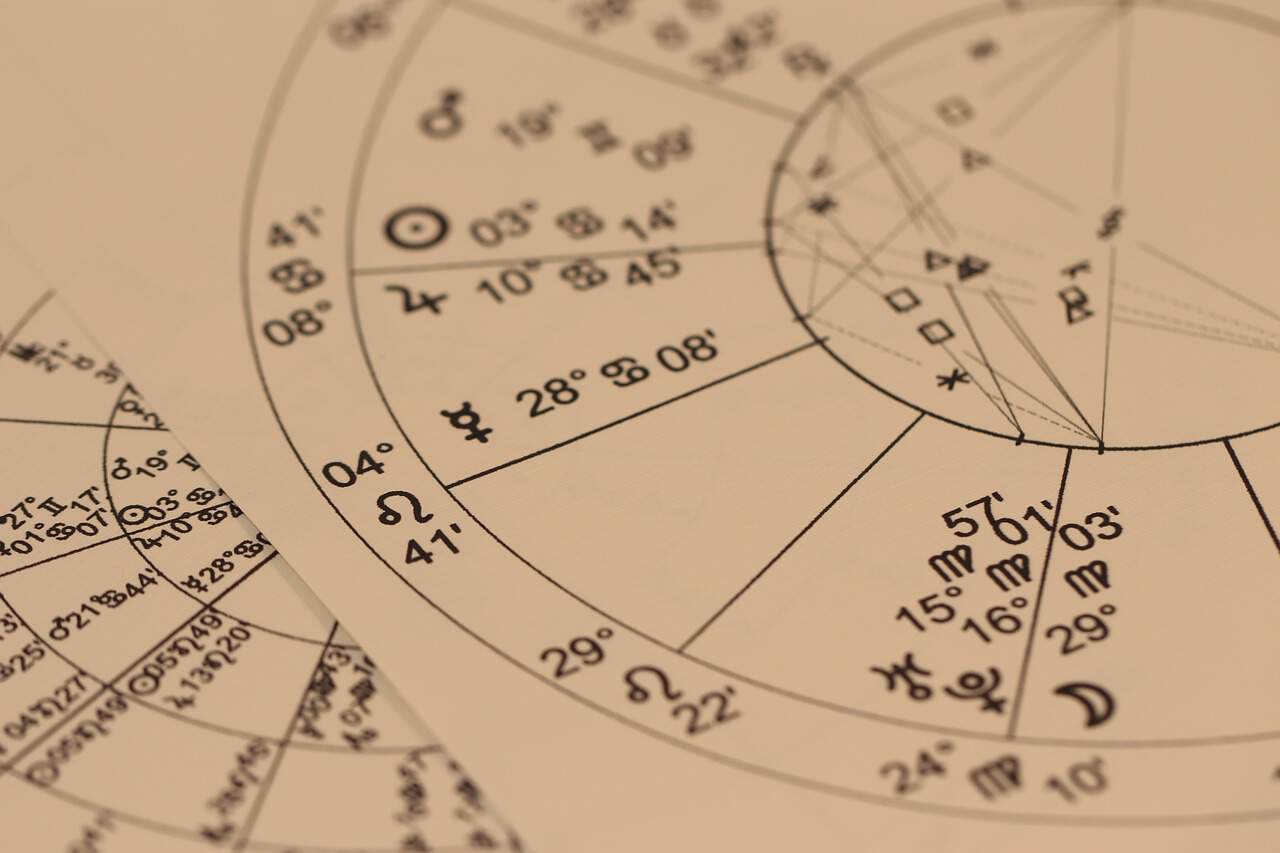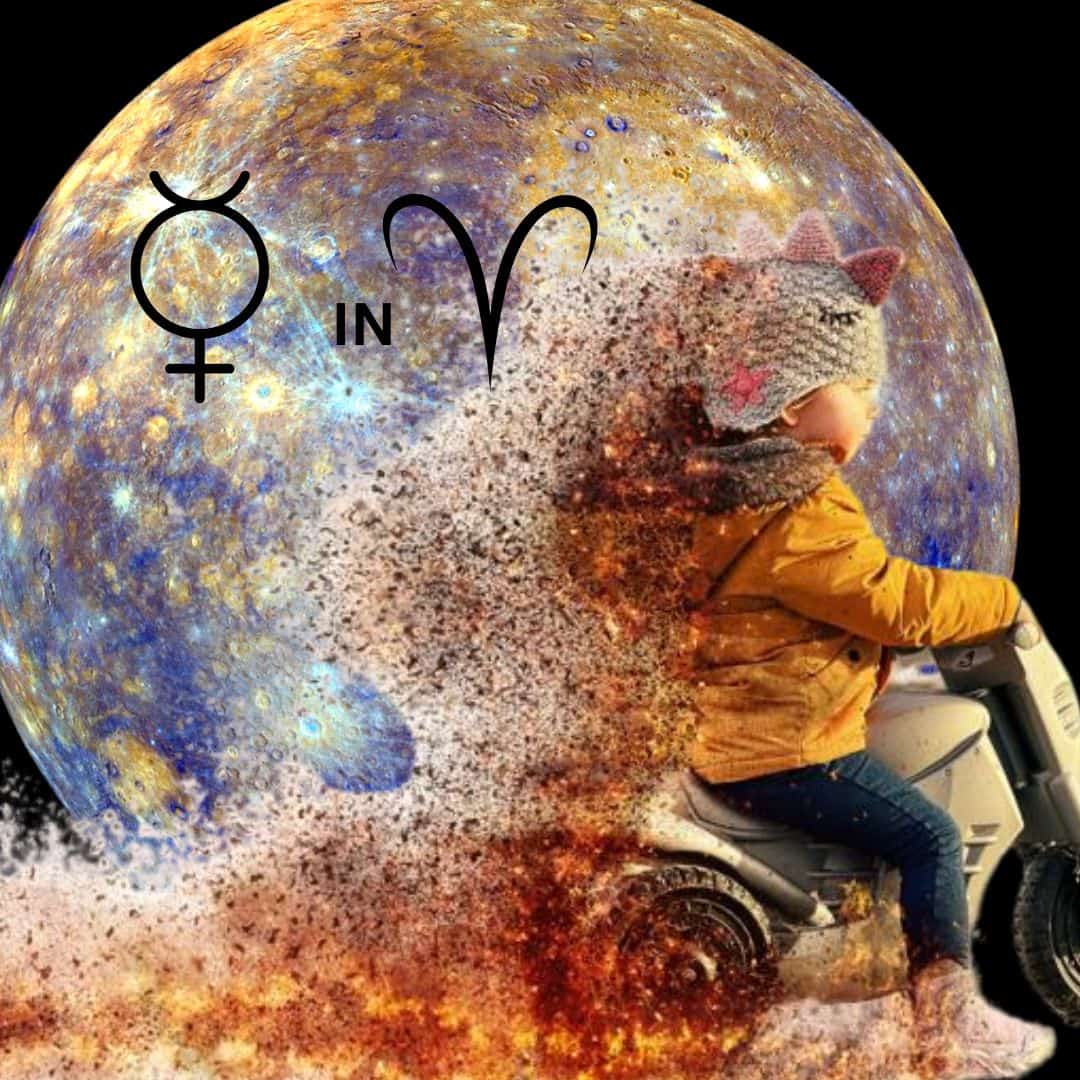When two or more planets in our solar system seem to line up in the sky from Earth’s perspective, this is known as a planetary alignment. Because of the planets’ varying orbital velocities and periods, this astronomical event is relatively uncommon. When the planets align, it appears as though they are near to one another from Earth, producing an amazing celestial show. Although one can observe planetary alignments with the unaided eye, the experience of viewing is often improved by the use of telescopes or binoculars, which reveal more detailed information.
Key Takeaways
- A planetary alignment occurs when several planets in our solar system appear to line up in the sky from our perspective on Earth.
- The rare planetary alignment of Jupiter, Saturn, and Mars will be visible in the pre-dawn sky in late March 2020.
- Planetary alignments have been historically associated with significant events and have been used for navigation and timekeeping.
- To safely view the planetary alignment, use a telescope or binoculars with solar filters and never look directly at the sun.
- The science behind planetary alignments involves the gravitational forces and orbits of the planets in our solar system.
These alignments are valuable from an artistic and scientific standpoint. They present exceptional chances for astronomers and researchers to examine the positions & motions of planets in our solar system. Also, planetary alignments are a potent reminder of the size and complexity of the universe, frequently igniting viewers’ wonder and curiosity. Observing the alignment of planets. Astronomical alignments are uncommon occurrences that need to be seen with exact timing & location. During the night, when the sky is clear and free of light pollution, is the ideal time to witness a planetary alignment.
Ideal Viewing Locations. A remote rural area or a high altitude are good places to observe planetary alignments because they have less light pollution. The regularity and upcoming activities.
A planetary alignment may occur occasionally, but usually not more frequently than a few years. [Specific date] presents the next chance to see a planetary alignment as [Specific planets] line up in the night sky. Stargazers & astronomy enthusiasts have a great chance to see this uncommon celestial event because it will be visible from [specific locations]. Astrological alignments have always been very important to many different cultures and civilizations. Planetary alignments and movements were carefully studied by prehistoric societies like the Mayans, Egyptians, and Greeks, who interpreted them as having mystical or divine significance. Planetary alignments, for instance, were utilized by the Mayans to construct their complex calendar system, which was essential to their agricultural and religious rituals.
| Event | Date | Time | Location |
|---|---|---|---|
| Rare Planetary Alignment | October 31, 2022 | Evening | Visible from most locations |
| Planets Involved | Jupiter, Saturn, Mars, Venus | – | – |
| Visibility | Naked eye visibility | – | Clear skies recommended |
| Next Occurrence | Not before 2040 | – | – |
Also, historical accounts suggest that planetary alignments were frequently linked to important occasions or shifts in human history. For example, some historians speculate that the Star of Bethlehem, which led the Three Wise Men to the birthplace of Jesus Christ in accordance with Christian tradition, may have resulted from an unusual planetary alignment. The enduring intrigue & fascination surrounding planetary alignments can be attributed in part to these historical links. To guarantee safe viewing procedures, safety measures must be taken when witnessing a planetary alignment.
First and foremost, it’s critical to shield your eyes from the sun’s harmful rays by wearing appropriate eye protection, such as telescope filters or solar viewing glasses. Your eyes can be permanently damaged if you look directly at the sun or any other bright celestial object without wearing the appropriate eye protection. Finding a good spot to observe the planetary alignment is also crucial; it should be far from light pollution sources that could impede your view of the night sky. For observing celestial events like planetary alignments, a remote, low-light, high-altitude, or rural location is ideal. By following these precautions, you can fully appreciate the wonder and beauty of a planetary alignment without running the risk of eye damage or having a less enjoyable viewing experience. Planetary orbital dynamics and gravitational pull from other planets in our solar system determine when planetary alignments occur.
The planets are in a state of constant motion with respect to Earth because they orbit the sun at varying speeds and distances. The reason why two or more planets align in the sky is because, from Earth’s perspective, their orbital paths intersect. Astronomers and scientists can learn a great deal about the positions & motions of the planets in our solar system by taking advantage of planetary alignments. Scientists can improve their knowledge of celestial mechanics and obtain insights into the gravitational interactions between planets by observing these alignments. Planetary alignments can also be used to study exoplanets and other celestial bodies outside of our solar system, yielding important information for further study & exploration. The Planetary Alignments’ Ancient Significance.
Astrological alignments were incorporated into religious doctrines, folklore, and mythological stories because they were thought to have heavenly or mystical significance in the past. For instance, planetary alignments and astrological practices are closely related in Hindu mythology, where planetary alignments are thought to affect human destiny. Creative Interpretations of Planetary Alignments.
In addition, planetary alignments have a lasting influence on human culture and imagination as seen by the numerous historical depictions of them in literature, art, and architecture. Durable Enchantment and Power. Inspiring artistic interpretations and expressions across a wide range of artistic and cultural traditions, planetary alignments have long fascinated people and are a significant source of inspiration for creativity.
In the future, planetary alignments will offer stargazers and astronomy enthusiasts exciting opportunities to witness rare celestial events as our understanding of celestial mechanics & astronomical phenomena continues to advance. Astronomers will be able to record and examine planetary alignments with more accuracy and detail thanks to technological and observational advancements, which will further the ongoing study and exploration of our solar system & beyond. To sum up, planetary alignments are uncommon astronomical occurrences that awe us & make us question the size and complexity of the cosmos. Planetary alignments are still important to humanity, whether they are interpreted through scientific, cultural, or mythological lenses.
They present chances for learning, reflection, and admiration of the wonder & enigma of the universe. In addition to new experiences and insights that will deepen our understanding of the universe and our place in it, we can look forward to future opportunities to witness these extraordinary events.
If you’re interested in learning more about the significance of planetary alignment, you should check out this article on the Astrology SA website. It discusses the alignment of planets in January 2024 and how it may impact astrological events. Understanding transiting planets in astrology, as mentioned in this article, can also provide valuable insight into the effects of planetary alignment. Additionally, the role of the sun in mythical astrology, as explored in this article, can shed light on the broader significance of planetary movements in astrological interpretations.
FAQs
What is planetary alignment?
Planetary alignment refers to the phenomenon where multiple planets in our solar system appear to line up in a straight line as seen from Earth.
How often does planetary alignment occur?
Planetary alignment is a rare occurrence and the exact frequency varies depending on the specific alignment being observed. Some alignments may occur every few years, while others may be much more infrequent.
What causes planetary alignment?
Planetary alignment is primarily a result of the relative positions and orbits of the planets in our solar system. As the planets move in their orbits around the Sun, there are occasional moments when they appear to align from our perspective on Earth.
Can planetary alignment have any effects on Earth?
There is no scientific evidence to support the idea that planetary alignment has any significant effects on Earth. While some people believe that planetary alignment can influence human behavior or natural disasters, these claims are not supported by scientific research.
Can planetary alignment be seen with the naked eye?
Yes, some planetary alignments can be seen with the naked eye, especially when the planets involved are bright and the alignment is relatively close to Earth. However, some alignments may require the use of telescopes or other astronomical equipment to be observed.




